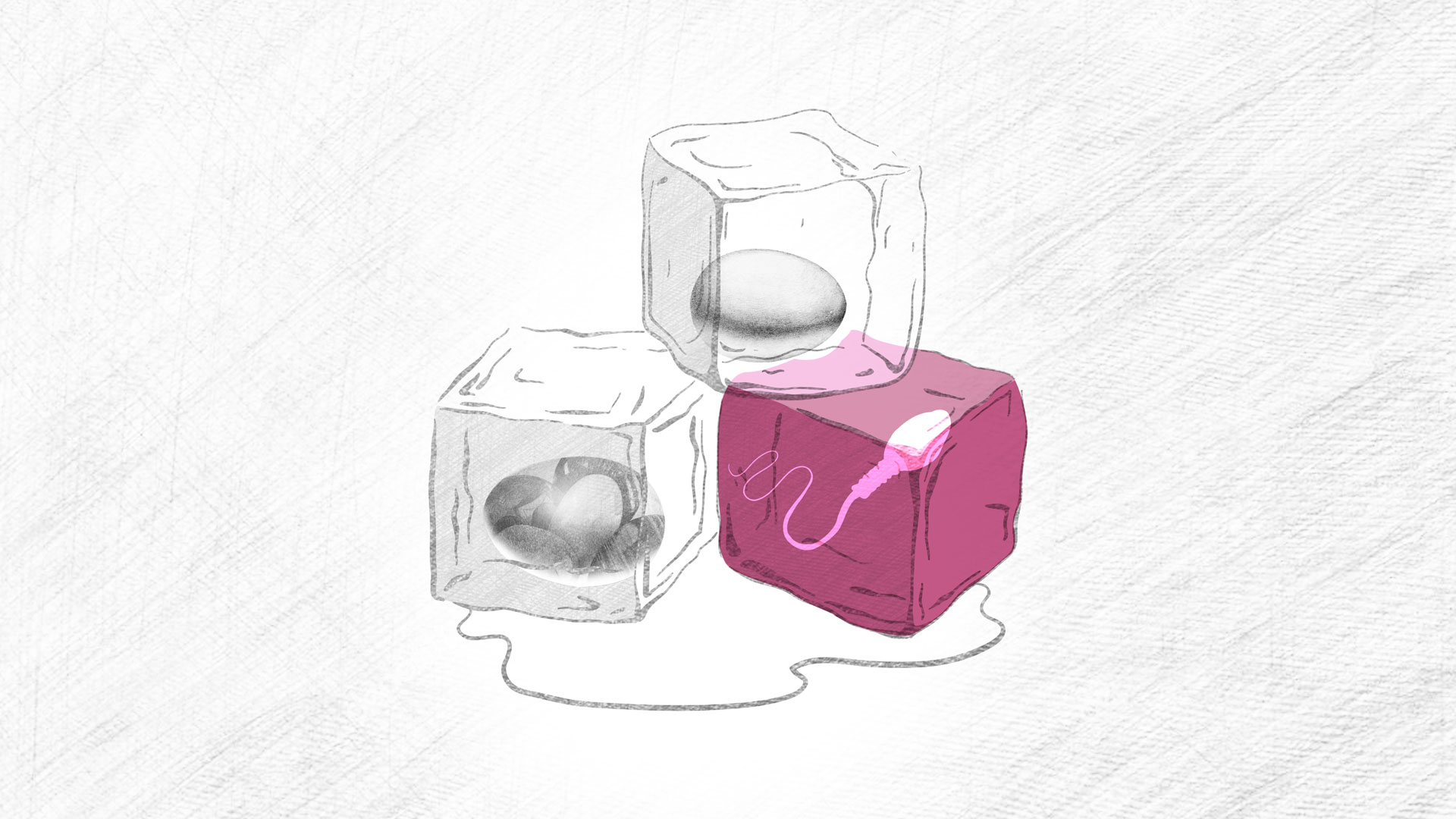
Read More
Read More
Read More

Sperm Cryopreservation is a process of storing sperms in a frozen state for future use. This procedure is also used in Sperm Banking.
One can opt to use the sperm at any time, even after several years. The frozen sample is thawed and then used for artificial insemination or egg fertilisation.
Vitrification is an amazing breakthrough for preserving sperms, eggs and embryos. It is an advanced technique, a potential alternative to slow freezing that leads to a glass-like formation. The word ‘Vitrification’ comes from the Latin word ‘Vitrum’ meaning glass. The process involves sudden cooling of the reproductive cells to -196°C so rapidly (within seconds) that the water molecules don’t get the time to form ice crystals, but instead immediately solidify into a glass-like structure thus avoiding freezing injuries to the sperms, eggs or embryos.
The key to the whole process is a smooth transfer of the natural fluid out of the sperms, eggs or embryos, while it is made sure that the antifreeze is slowly flowing in at the same time.
The sperms, eggs or embryos are exposed to a high concentration of cryoprotectants, which allows rapid dehydration of the reproductive cells.
The sperms, eggs or embryos are then loaded into tiny storage devices that will facilitate ultra-rapid cooling.
Then, the storage devices are cooled as fast as possible at around 1000OC per minute.
The high cooling rate combined with the use of high concentrations of cryoprotectants allow the contents of the storage device (that is sperm / oocyte / embryo and the fluid) to turn into a glass-like substance instead of ice.
Then they are stored in sealed casting that is kept in liquid nitrogen (-196°C).

Except for Sperm, Egg and Embryo Banking, vitrification is used for the following cases